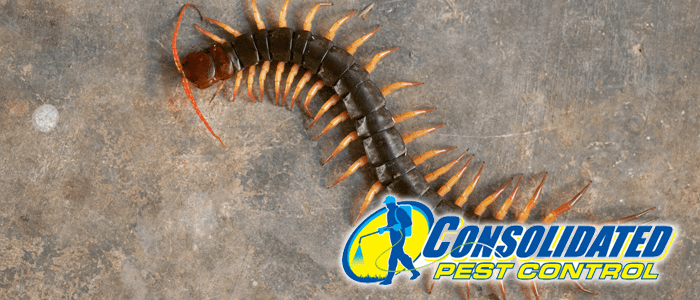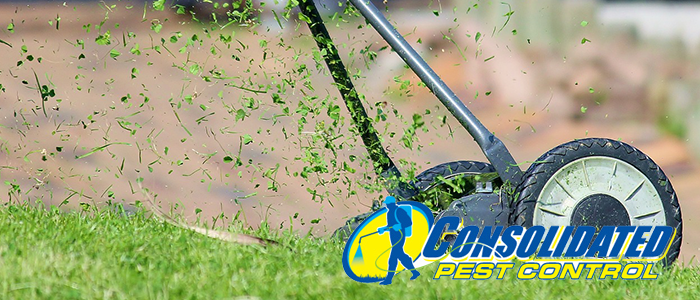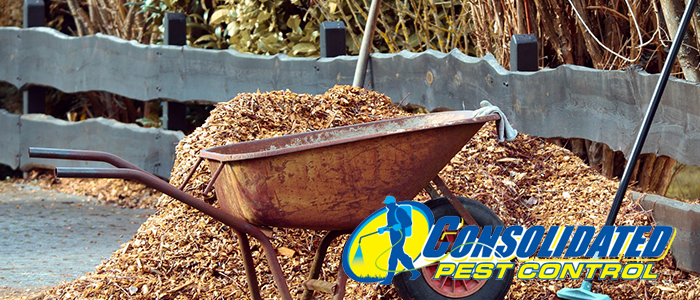
Centipedes and Millipedes
If you’re not a fan of centipedes and their long-bodied, many-legged antics, you might be wondering just what they are and how to get rid of them. This article is here to help unravel these mysteries. Though, if they’re too much for you to handle – there’s no shame in contacting a pest control specialist to rid your home of them for you.
As a homeowner, you have to contend with plenty of creepy crawlies. There’s no shortage of dangerous and damaging pests such as termites or German roaches, but there are some that can’t hurt you or your property, but are simply unwelcome. Just because they’re harmless doesn’t mean you want them around. For example, centipedes and millipedes are both very common in Florida. While they’re more common up north when they have damp basements to inhabit, the humidity of Florida still helps promote their spread and development.
What are Centipedes and Millipedes?
First, maybe we should ask what bugs are. What are bugs? When people talk about bugs, they mean lots of different things. Most of them have six legs – But some, like spiders or scorpions, have eight. Some have even more! Pillbugs – Which aren’t even bugs but more closely related to shrimp and crabs – Have twelve! All of these animals are arthropods, including creatures like lobster or tarantulas, or the topic of this article. How many legs do centipedes have? Despite the name, centipedes tend to have anywhere from ten to three hundred legs! Of course, they’ll never have exactly one hundred without suffering some mishap, as they always have an odd-numbered pair of legs. What about millipedes? How many legs do millipedes have? Millipedes tend to have even more legs than centipedes – Ranging from around forty to four hundred legs per bug! Oh yeah – What are bugs? Bugs are six-legged insects with sucking mouthparts, anyway, back to centipedes and millipedes.
Myriapods in a Nutshell
Centipedes and millipedes are part of a group called myriapods, technically meaning “ten thousand feet” but more accurately meaning “countless feet.” These are long, mostly flat creatures with pairs of legs extending down their body. Myriapods inhabit dark, humid areas where they tend to eat plant matter as it decomposes. Outdoors, myriapods are beneficial in that they aerate the soil, with centipedes also eating many pests such as aphids, spiders, and beetles.
Inside, however, centipedes and millipedes present problems. Not only are they problematic pests, but they’re also a sign that your home is far too damp! The differences are pretty stark, though: Millipedes tend to be round, slow, and small. Centipedes tend to be brightly colored and aggressive predators that hunt down anything smaller than they are. They are also capable of inflicting painful stings! In your home, you’re likely to encounter the long-legged house centipede. These lightning-fast bugs can be absolute terrors, so what can be done?
Pest Control for Centipedes and Millipedes
The first step is preventing the conditions they thrive in. Bright, well-traveled areas that are low in humidity are not ideal for these pests. Air out bathrooms and showers, and set out sticky traps under the sinks. You’ll also want to close outside entrances along with the ground level around your house, like cracks or gaps around pipes. Give us a call for severe infestations or even mild ones you don’t want to deal with anymore! You can count on Consolidated Pest Control to clear out hundreds of bugs in a single visit, whether they’ve got six legs or six hundred! What’s the best way to get rid of centipedes and millipedes? Call Consolidated Pest Control today.








